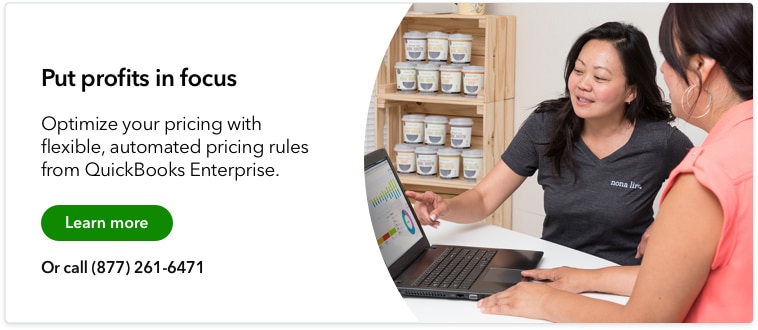I want to tell you a story about three cupcake stores…
Kara’s Kupcakes sold delicious cupcakes and was known for being the most affordable cupcake store in town. Amidst the perpetual line snaking out of her store, Kara operated her business efficiently—but she recently discovered a problem. Despite selling out of cupcakes daily, she was barely making enough profit to cover her expenses.
Some of her more candid customers would tell her they couldn’t believe that she charged so little. Kara knew she wasn’t charging enough to cover the time and energy it spent to make the cupcakes, but she didn’t feel right about disappointing her customers and charging more to make a profit.
Sensing an opportunity, Kara’s friend Chris later opened a high-end cupcake shop across town, charging far more than Kara. Chris’s customers kept coming back because they knew his cupcakes were worth every dollar—each one had surprising and delightful ingredients. After a few months, Kara started to notice less foot traffic coming into her store—it turned out Chris was poaching some of her customers with the premium experience his shop offered.
But all was not right at Chris’ cupcake shop. Many potential customers entering the shop walked out after one glance at the price tags. Chris was disappointed that he’d often make cupcakes that didn’t get sold at the high price (it also hurt to throw them out), but he felt trapped—his costs were too high to slash his retail pricing.
Then, to both Chris and Kara’s surprise, their mutual friend Paulette started Paulette’s Pastries a few months after Chris opened his high-end cupcake shop. After hearing about their struggles with pricing decisions, Paulette felt she could thread the needle between price and cupcake quality.
From the outset, Paulette carefully forecasted, tracked, and calculated her costs to make the cupcakes and added a fair profit margin to the costs to find a price that people were willing to pay. Her line was never as long as Kara’s, but she regularly sold her cupcakes by the dozens and kept doing so as her reputation spread.
Pricing your products can be very psychological and a little like a Goldilocks experience: charge too much, and you don’t attract enough customers. Charge too little, and you create demand, but you may not cover your expenses.
Finding the perfect retail pricing strategy is a delicate balance, but it’s well worth the time to do some pricing analysis to find the best pricing policies for your company.












